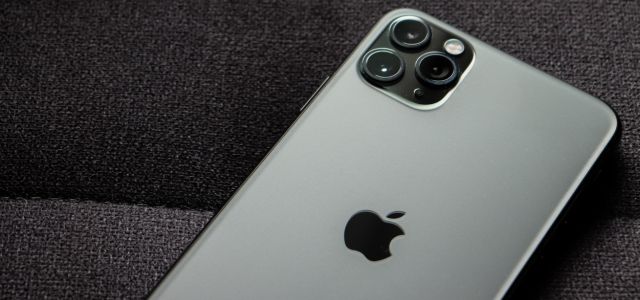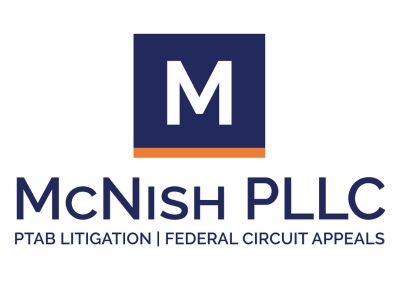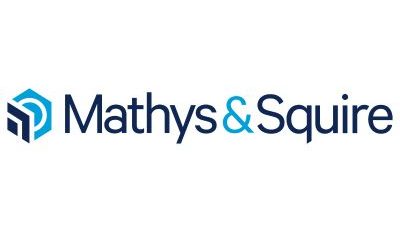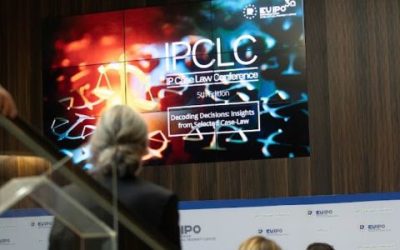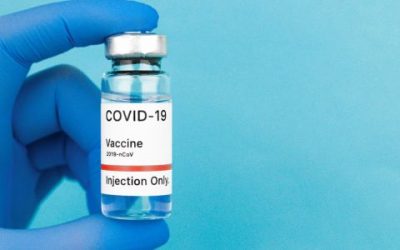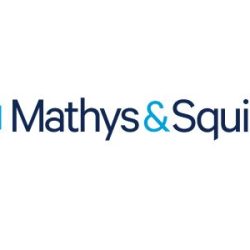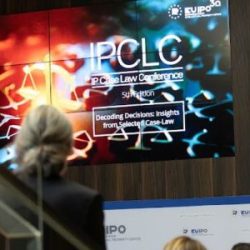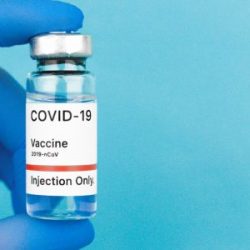In instituted inter partes reviews at the Patent Trial and Appeal Board, the petitioner can use its post-institution reply to respond to the patent owner’s post-institution response and to the Board’s decision to institute. However, the PTAB’s Consolidated Trial Practice Guide forbids “proceed[ing] in a new direction with a new approach as compared to the positions taken in a prior filing.” Any evidence or arguments newly raised in the petitioner’s reply must address issues raised by the patent owner’s post-institution response or the PTAB’s decision to institute.
Recent Federal Circuit decisions have given petitioners more latitude in introducing new evidence and arguments in their replies. For example, in Axonics, Inc. v. Medtronic, Inc., 73 F.4th 1376 (Fed. Cir. 2023), the Court held that a petitioner’s reply can present new evidence and arguments that respond to a claim construction first presented in the patent owner’s post-institution response. In Rembrandt Diagnostics, LP v. Alere, Inc., 76 F.4th 1376 (Fed. Cir. 2023), the Court held that a petitioner may reply to a patent owner’s post-institution response by extending or elaborating on a previously presented obviousness rationale. The latest entry in that trend is Corephotonics Ltd. v. Apple Inc., No. 22-1340, slip op. (Fed. Cir. Oct. 16, 2023), which addresses analogous art arguments in reply.
Corephotonics arose from final written decisions in four instituted inter partes reviews. In those final written decisions, the PTAB found that the petitions did not adequately address whether the prior art references at issue were analogous. A reference is analogous art if it either (1) belongs to the challenged patent’s field of endeavor, or (2) is reasonably pertinent to a problem that the inventors sought to address. As the PTAB saw it, the petitions contended that the references were analogous because they belonged to the same field—but the petitions did not address whether those references belonged to the challenged patent’s field of endeavor. Under Sanofi-Aventis Deutschland GmbH v. Mylan Pharms. Inc., 66 F.4th 1373, 1380 (Fed. Cir. 2023), a petitioner cannot establish obviousness merely by arguing that one prior art reference is analogous to another.
That the PTAB’s final written decisions described the petitions as inadequate might raise the question of why the PTAB even chose to institute. In fairness, the patent owner’s preliminary responses did not raise any analogous art issues. Additionally, the PTAB did not have the benefit of the Sanofi-Aventis decision, which came down more than two years after the PTAB’s decision to institute.
In any event, the patent owner’s post-institution responses challenged whether the petitioner’s references qualified as analogous art. In turn, the petitioner used its replies to fix the problems in its analogous art case. First, the petitioner argued that both references belonged to the challenged patent’s field of endeavor. Second, the petitioner argued that both references would have been reasonably pertinent to the problem the inventors sought to address. The petitioner also submitted new expert testimony. Although neither contention appeared in the petition, the PTAB found them responsive to the patent owner’s post-institution responses. Those reply contentions carried the day: the PTAB held the petitioner’s references analogous and the challenged claims obvious.
Although the Federal Circuit vacated the PTAB’s decisions because they did not adequately explain why one reference was analogous, it held that the PTAB was correct to allow the petitioner’s reply contentions. Citing Sanofi-Aventis for the proposition that a petitioner need not anticipate and raise analogous art arguments in its petition—and can use its reply to address those arguments—the Court held that the petitioner’s new reply arguments properly responded to the patent owner’s post-institution response. The Court had no problem with the petitioner raising reasonable pertinence for the first time in its reply. “[T]here is nothing ‘entirely new’ about arguing that the same combination of prior art references identified in a petition as being in the same field of endeavor as the patent being challenged are also pertinent to the same problem faced by the inventor of the challenged patent.”
With all the ways a petitioner can expand its case after institution, patent owners should try to land knock-out blows with their preliminary responses to obtain denials of institution. But if the PTAB institutes, patent owners should remember that under the Axonics decision, new arguments in a petitioner’s reply may warrant permitting the patent owner to submit responsive evidence with its sur-reply. So when considering changes to the PTAB’s scheduling order, patent owners should leave enough time between the petitioner’s reply and the patent owner’s sur-reply to marshal evidence responsive to any new reply arguments and to obtain authorization to submit that evidence.

Written by Kevin McNish
Managing Member, McNish PLLC
You may also like…
Number of drone patents filed worldwide jumps 16% in past year
R&D in defense driving innovation in drone technology, alongside agriculture and logistics Russia filing...
EUIPO’s 5th IP Case Law Conference: an inside look
We were delighted to attend the EUIPO’s 5th IP Case Law Conference held in Alicante on the 29-30 of April 2024 –...
Legal dispute redefining COVID-19 vaccine patents and future of mRNA tech
The race for a COVID-19 vaccine in 2020 was a global effort, but the aftermath has seen a bitter legal battle erupt...
Contact us to write for out Newsletter


